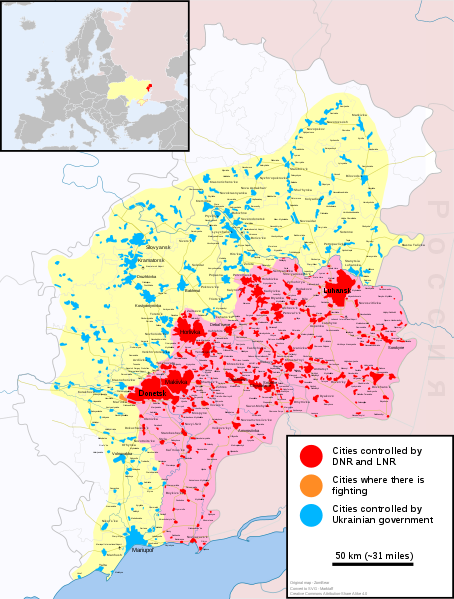Potential Escalation in Hostilities Requires Focus on Civilian Protection
International attention to the ongoing conflict in eastern Ukraine had faded in recent years. Recent reports of Russia massing troops near Ukraine’s border have brought it back into focus. Monitors reported a significant uptick in hostilities in recent weeks.
A key issue of the renewed international focus on the conflict in eastern Ukraine should be how civilians will be protected if there is a further escalation in hostilities.
Russia has been pursuing a proxy war in eastern Ukraine since it occupied Crimea in 2014, supporting armed groups in Donetsk and Luhansk regions financially and providing them with military support. According to the United Nations’ human rights office, at least 3,077 civilians have been killed and more than 7,000 injured since the war began. On April 2, a child died from blast trauma and fragmentation wounds in the village of Oleksandrivske, Donetsk region. Wounds from explosive weapons with large area effects can be especially difficult to treat in children.
Eastern Ukraine remains a heavily mine-contaminated region. In 2020, the majority of civilian casualties resulted from mine incidents and the handling of explosive remnants of war.
The laws of war governing fighting in eastern Ukraine require all parties to the conflict to distinguish between combatants and civilians, and between military targets and civilian objects, and to refrain from attacks that would cause disproportionate harm to the civilian population in relation to the military advantage gained. This means all parties should take precautions to minimize harm to civilians, including by protecting civilians from the effects of landmines and explosive remnants of war, and by avoiding the use of explosive weapons with wide area effects in populated areas.












